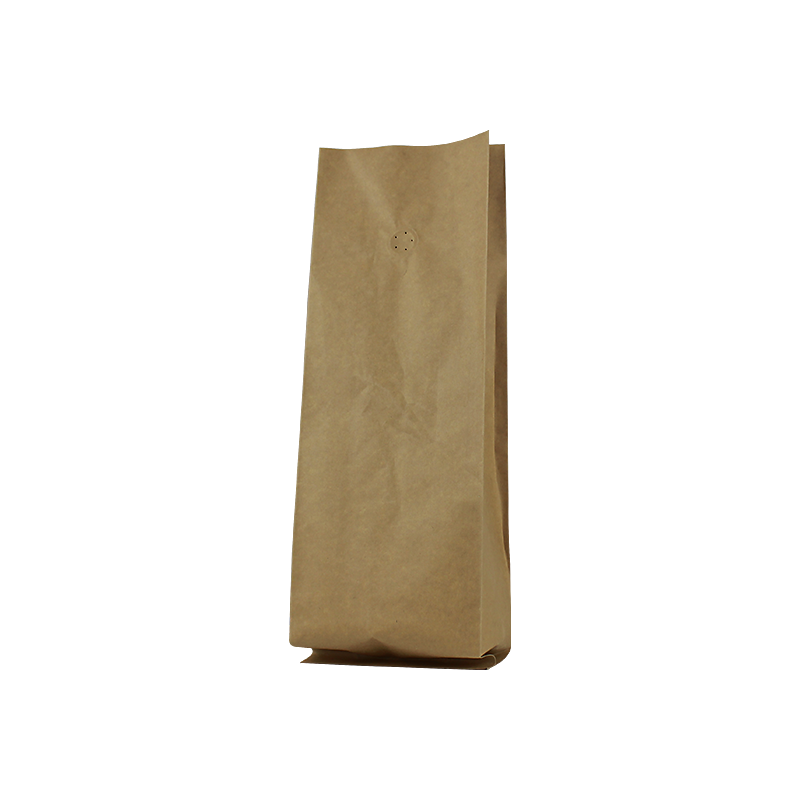- Afrikaans
- Albanian
- Amharic
- Arabic
- Armenian
- Azerbaijani
- Basque
- Belarusian
- Bengali
- Bosnian
- Bulgarian
- Catalan
- Cebuano
- chinese_simplified
- chinese_traditional
- Corsican
- Croatian
- Czech
- Danish
- Dutch
- English
- Esperanto
- Estonian
- Finnish
- French
- Frisian
- Galician
- Georgian
- German
- Greek
- Gujarati
- haitian_creole
- hausa
- hawaiian
- Hebrew
- Hindi
- Miao
- Hungarian
- Icelandic
- igbo
- Indonesian
- irish
- Italian
- Japanese
- Javanese
- Kannada
- kazakh
- Khmer
- Rwandese
- Korean
- Kurdish
- Kyrgyz
- Lao
- Latin
- Latvian
- Lithuanian
- Luxembourgish
- Macedonian
- Malgashi
- Malay
- Malayalam
- Maltese
- Maori
- Marathi
- Mongolian
- Myanmar
- Nepali
- Norwegian
- Norwegian
- Occitan
- Pashto
- Persian
- Polish
- Portuguese
- Punjabi
- Romanian
- Russian
- Samoan
- scottish-gaelic
- Serbian
- Sesotho
- Shona
- Sindhi
- Sinhala
- Slovak
- Slovenian
- Somali
- Spanish
- Sundanese
- Swahili
- Swedish
- Tagalog
- Tajik
- Tamil
- Tatar
- Telugu
- Thai
- Turkish
- Turkmen
- Ukrainian
- Urdu
- Uighur
- Uzbek
- Vietnamese
- Welsh
- Bantu
- Yiddish
- Yoruba
- Zulu
What Materials Are Used to Create Cardboard and Its Production Process
What is Cardboard Made Of?
Cardboard is an everyday material found in various forms around us. From the boxes that package our online orders to the craft materials used in schools, cardboard plays a significant role in our daily lives. But have you ever wondered what exactly cardboard is made of? Understanding the composition of cardboard not only highlights its importance but also encourages sustainable practices in how we use and dispose of it.
At its core, cardboard is primarily made from paper pulp, which is derived from wood fibers. Wood is the principal raw material used in the production of paper, and thus, it is fundamental to the creation of cardboard as well. The manufacturing process begins with harvesting trees, which are then processed to extract the pulp. This pulp is broken down and subsequently dried, resulting in sheets of paper that can be molded into various forms.
What is Cardboard Made Of?
The composition of corrugated cardboard primarily involves three layers the outer liner, the inner liner, and the fluted medium. The outer and inner liners are usually made from recycled paper or virgin pulp, while the fluted medium is designed to provide structural support and cushioning. The unique design of corrugated cardboard makes it lightweight yet sturdy, allowing it to protect its contents during transport.
what's cardboard made of

In addition to wood pulp, manufacturers often incorporate various additives during the production process to enhance the properties of cardboard. These can include chemicals for improving water resistance, anti-fungal agents to prevent mold, and dyes for coloring. However, the use of additives is often minimal, as the primary goal is to maintain the eco-friendliness of the material.
Speaking of eco-friendliness, cardboard is known for its recyclable nature. Since most cardboard is made from recycled materials, its production has a lower environmental impact compared to other packaging options. Recycling cardboard reduces the need for cutting down new trees, conserves energy, and minimizes waste in landfills. This sustainable aspect of cardboard is especially important in today's world, where the environment is a concern for many.
The recycling process itself involves collecting used cardboard, sorting it, and then breaking it down into smaller pieces. These pieces are pulped and transformed into new paper products. This cycle not only helps reduce tree cutting but also supports the circular economy by providing manufacturers with renewable raw materials.
In conclusion, cardboard is predominantly made from paper pulp derived from wood fibers, specifically through a process involving both virgin and recycled materials. Its construction can range from single-layer to corrugated forms, each serving various purposes based on strength and weight requirements. With its inherent recyclability and sustainability, cardboard is not just a convenient packaging solution; it is a vital player in preserving our environment. Understanding what cardboard is made of provides valuable insight into why we should continue to embrace and support its use in our daily lives while committing to recycling and sustainability practices.













